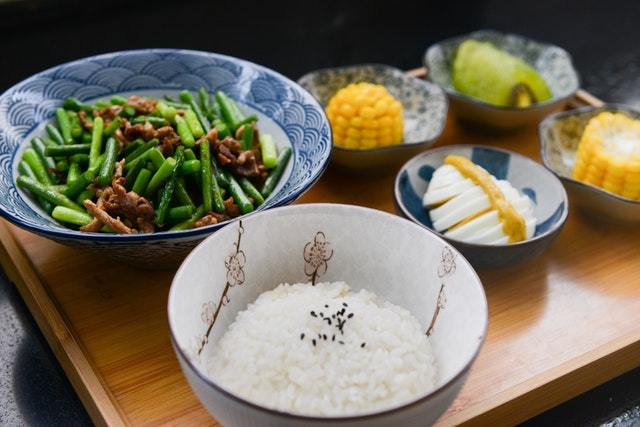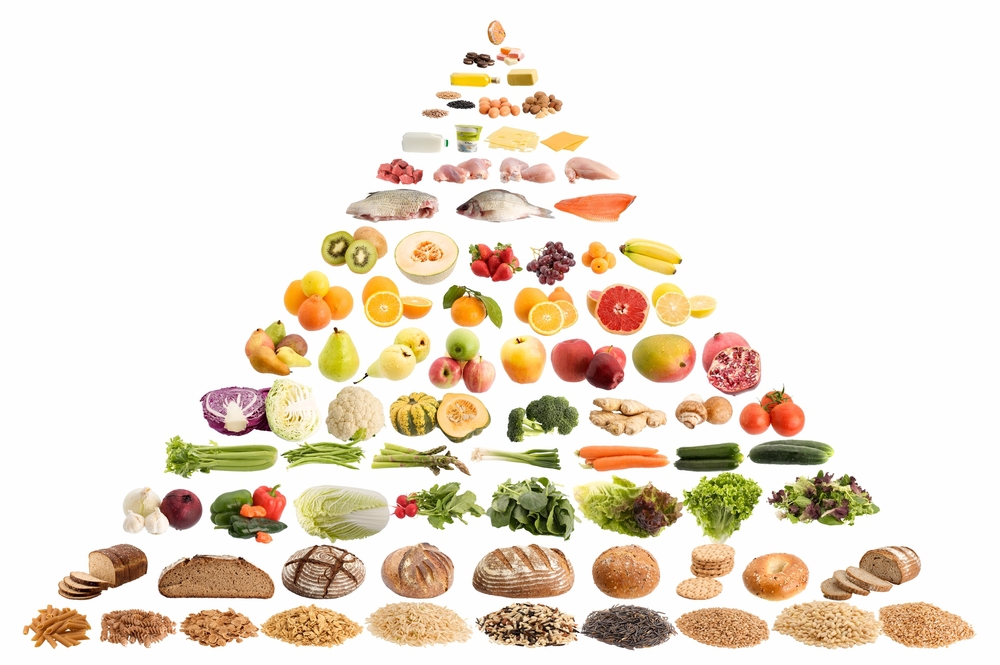
Source :- i2.wp . com
The Asian Diet Pyramid is a pyramid made of Asian Diet and food consumed by the people of the Asian country. The Asian Diet Pyramid represents a healthy diet. This pyramid’s main constitute is plant food and rice which provides 25-80% of the daily calory intake, a moderate amount of animal product and a large variety of healthy food.

Source :- media.mnn . com
What Is Asian Diet Pyramid?
People who follow Asian diet tend to be very healthy than others and also a low rate of chronic diseases which is common in western countries. The Asian Diet Pyramid is an eating habit pyramid of Asian Diet. Asian Diet Pyramid was developed by Oldways and exchange trust in conjunction with the Cornell-China-Oxford Project on Nutrition, Health and Environment, and the Harvard School of Public Health In 1995. It was released at the International Conference on the Diets of Asia in San Francisco in 1995.
The Asian Diet’s Pyramid represents the traditional cuisines of the region that includes Bangladesh, Cambodia, China, India, Indonesian, Japan, Laos, Malaysia, Mongolia, Myanmar, Nepal, North Korea, South Korea, Malaysia, Philippines, Singapore, Taiwan, Thailand, and Vietnam. Overall, the Asian Pyramid represents the traditional plant-based rural diet of these countries and emphasizes.
Recommended Articles:-
- South Beach Diet Side Effects You Should Know
- Top And Best High Protein South Beach Diet Shakes Recipes
- South Beach Diet Pros and Cons: Know in Details
- All You Need To Know About South Beach Diet Phase 2
- All About South Beach Diet Phase 1
- Guide To South Beach Diet Menu For All The 3 Phases
- South Beach Diet Meal Plan to Lose Weight Healthily
- South Beach Diet for Vegetarians: Healthy yet Tasty Recipes
- Top And Best South Beach Diet Recipes For Weight Loss

Source :- i.pinimg . com
Structure Of Pyramid:
A huge amount of vegetables, strong spices, rice and noodles, seafood, tofu, and soy products are the common food in traditional Asian diet. The Asian Diet Pyramid is made of 7 pyramids. Every pyramid indicates the amount of food type you consume and often you should consume. With increasing level, the amount of food consumption is decreased. Below I am giving detail on this pyramid. This is…
Level 1:
This is the bottom-most division in this Pyramid. This level indicates the daily consumption food or which food should consume daily. These foods are Rice, rice products, Noodles, Bread, Millet, Corn, and other whole grains. These food items are listed in level 1 as these foods are consumed most in Asian diet.
level 2:
This is the upper level of level 1. This level indicates the foods that we should consume daily. In this level is consist of fruits, legumes, seeds, nuts, and vegetables. These foods should consume the second most after level 1 food. In Asian diet vegetables and fruits are the second most consumed food that’s why this type of foods are listed in level 2.
Level 3:
This is the upper level of level 2 which is consist of vegetable oil. This Pyramid indicates that low consumption of vegetable oil daily. Vegetable oil is the consumed daily but low in an amount that’s why it is listed in level 3.
Level 4:
This is the upper level of level 3. This level is consist of fish, shellfish, and dairy. This level indicates an optional daily consumption of food. Asian consume fish dairy optional daily basis or an alternate day, that’s why the consumption of these foods are low and listed in level 4 of the pyramid.
Level 5:
This is the upper level of level 4. This level is consist of poultry like eggs and chicken. This level indicates the food we should consume on a weekly basis. Asian consume eggs or poultry meat one day in a week that’s why this is listed in level 5.
Level 6:
This is the upper level of level 5. This level is consist of sweets which should take on a weekly basis.
Level 7:
This is the upper level of level 6. This level is consist of red meat which should consume on monthly basis. This should be the minimum consumption. Red meat is consumed one time in a week that’s why it is listed in level 7.
So, this is the Asian diet pyramid according to an Asian diet.